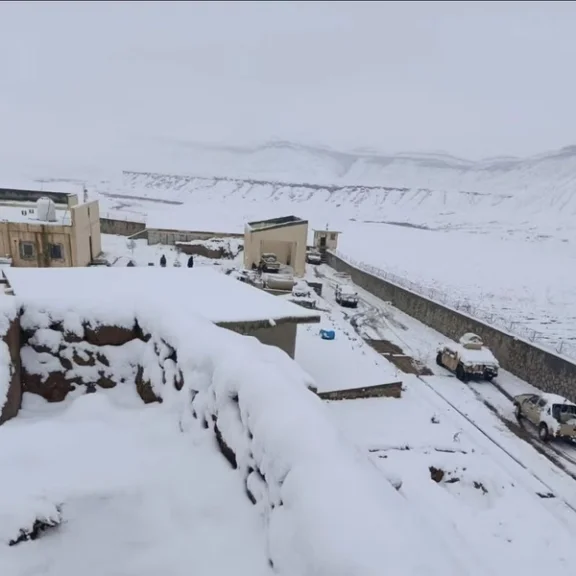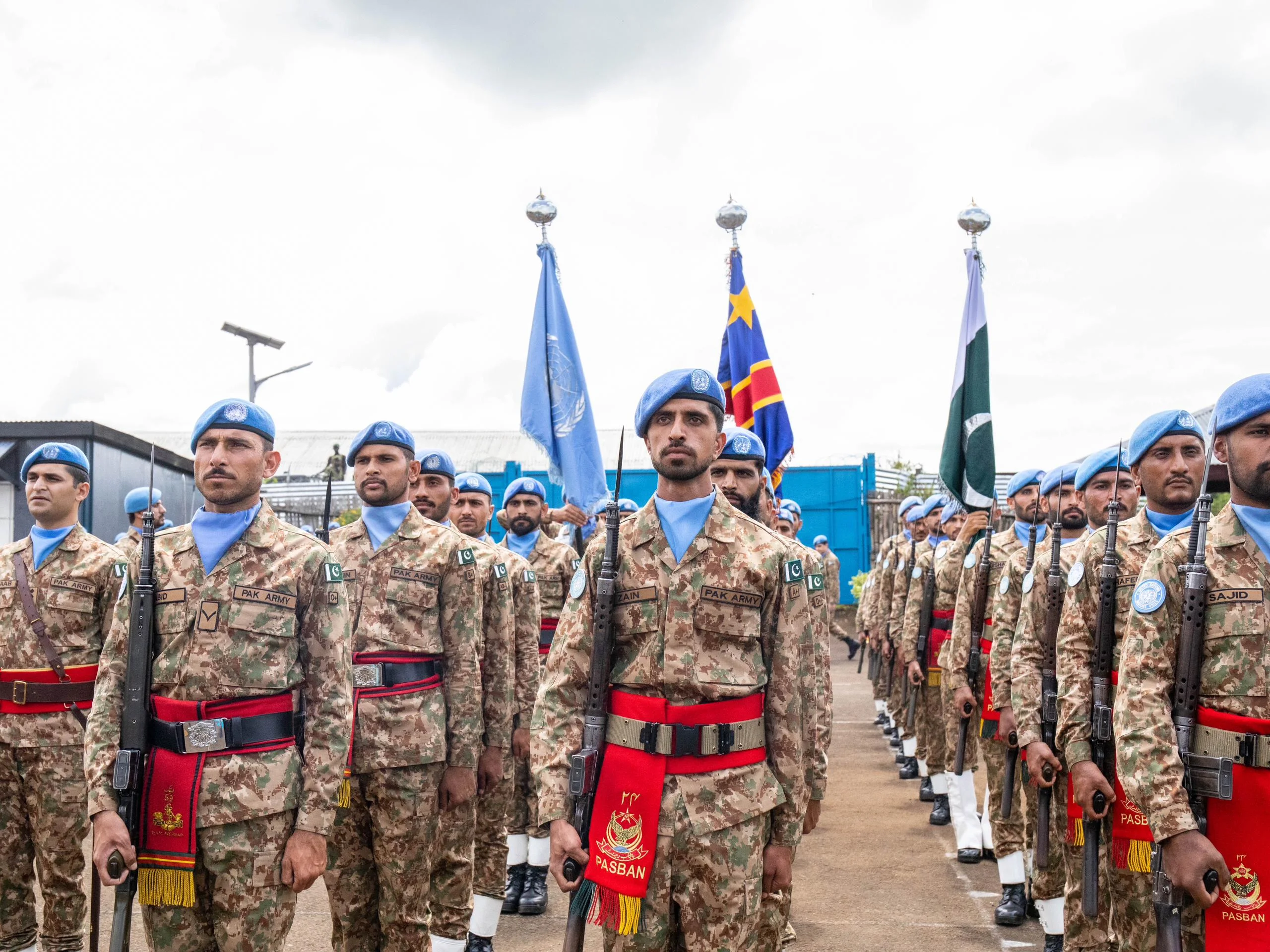Recent diplomatic engagements between Pakistan and Afghanistan’s interim government have reportedly produced a commitment for the phased disarmament and relocation of the Tehreek-e-Taliban Pakistan (TTP). This development, if implemented, could represent a significant shift in regional security dynamics. For Pakistan, it is the potential outcome of a sustained diplomatic strategy focused on demanding accountability for cross-border terrorism. The viability of this pledge, however, will be determined by its execution rather than the initial agreement.
The Statistical Reality of TTP Violence
Pakistan has experienced a severe and quantifiable escalation in terrorism since 2021, primarily driven by the Tehreek-e-Taliban Pakistan (TTP) operating from Afghanistan. The security situation deteriorated progressively, with annual terrorist attacks increasing from 207 in 2021 to 306 by 2023, while fatalities in the same period more than doubled from 335 to 693. The violence peaked in 2024, which recorded 521 attacks claiming 852 lives. This lethal trend persisted into 2025, with another 282 people killed in just the first six months. The TTP and its affiliates have been the main perpetrators, responsible for over 82% of terror-related deaths in 2023. This documented escalation, confirmed by both Pakistani and U.S. government reports, forms the empirical basis for Pakistan’s diplomatic assertion that its security is directly compromised by militant safe havens across the border.
Pakistan’s Diplomatic Posture
Throughout this period, Pakistan’s policy has remained consistent. Islamabad has utilized international forums, including UNO, to present evidence of the TTP’s operational infrastructure in Afghanistan. The core diplomatic message has been that long-term Afghan stability, a stated interest of Pakistan, is incompatible with the presence of militant groups that use its territory to destabilize neighboring countries. The non-negotiable prerequisite for improved bilateral relations has been definitive action against the TTP.
The reported agreement signifies a potential policy adjustment by the Afghan interim government. The commitment to relocate TTP militants from the border provinces of Kunar and Nangarhar to other parts of Afghanistan represents a departure from previous denials regarding the organized TTP presence. This implicitly acknowledges the validity of Pakistan’s security concerns and suggests a calculation that harboring such groups may pose a greater liability to their pursuit of international legitimacy and internal stability.
Cautionary Precedents and Unfulfilled Pledges
A degree of skepticism towards this new commitment is warranted by historical precedent. The international community and neighboring states have previously received security assurances from the Taliban that did not fully materialize into action.
A prominent example is the Doha Agreement of February 2020. In this accord, the Taliban committed to preventing any group, including al-Qaeda, from using Afghan territory to threaten the security of the United States and its allies. However, this pledge was directly contradicted in July 2022 when al-Qaeda’s leader, Ayman al-Zawahiri, was located and killed in a U.S. drone strike in a safe house in central Kabul. This incident provided clear evidence that senior al-Qaeda leadership was being sheltered by elements within Afghanistan, contrary to the Taliban’s most high-profile international commitment.
Furthermore, following their takeover in 2021, Taliban officials repeatedly assured Pakistan that they would not permit the TTP to operate from their soil. These assurances were followed not by a decrease, but by the aforementioned surge in TTP attacks, demonstrating a significant gap between diplomatic statements and the reality on the ground.
Implementation Challenges
The history of unfulfilled promises underscores the challenges ahead. The operationalization of the TTP relocation agreement faces considerable hurdles. The TTP is not a uniform entity; it contains multiple factions with thousands of fighters. Disarming and controlling a group of this size is a logistically and politically complex undertaking.
Consequently, the success of this initiative must be measured by empirical data, not diplomatic statements. The primary metric will be a verifiable and sustained reduction in terrorist incidents within Pakistan. Progress will be assessed through the confirmed dismantling of TTP command structures and logistical networks. Pakistan’s strategic approach will likely involve continued engagement coupled with a stringent “trust, but verify” framework, holding the Afghan government accountable for tangible security outcomes.
Also See : Proxy, Partner, or Pawn: Situating the TTP in Taliban Strategy
Implications for The Region
Beyond the bilateral context, effectively neutralizing the TTP would set a significant precedent for managing regional security threats. By demonstrating an ability to control militant groups within its borders, the Afghan government could improve its prospects for international recognition and economic integration, offering more sustainable benefits to its populace than alliances with non-state actors.
In conclusion, the reported commitment from Kabul is a noteworthy development. However, it must be evaluated against a track record of past assurances that were not met. The focus now shifts from negotiation to implementation. The responsibility rests with the Afghan interim government to demonstrate the capacity and willingness to convert this pledge into concrete action, which will be the ultimate determinant of the future trajectory of Pakistan-Afghanistan relations.






